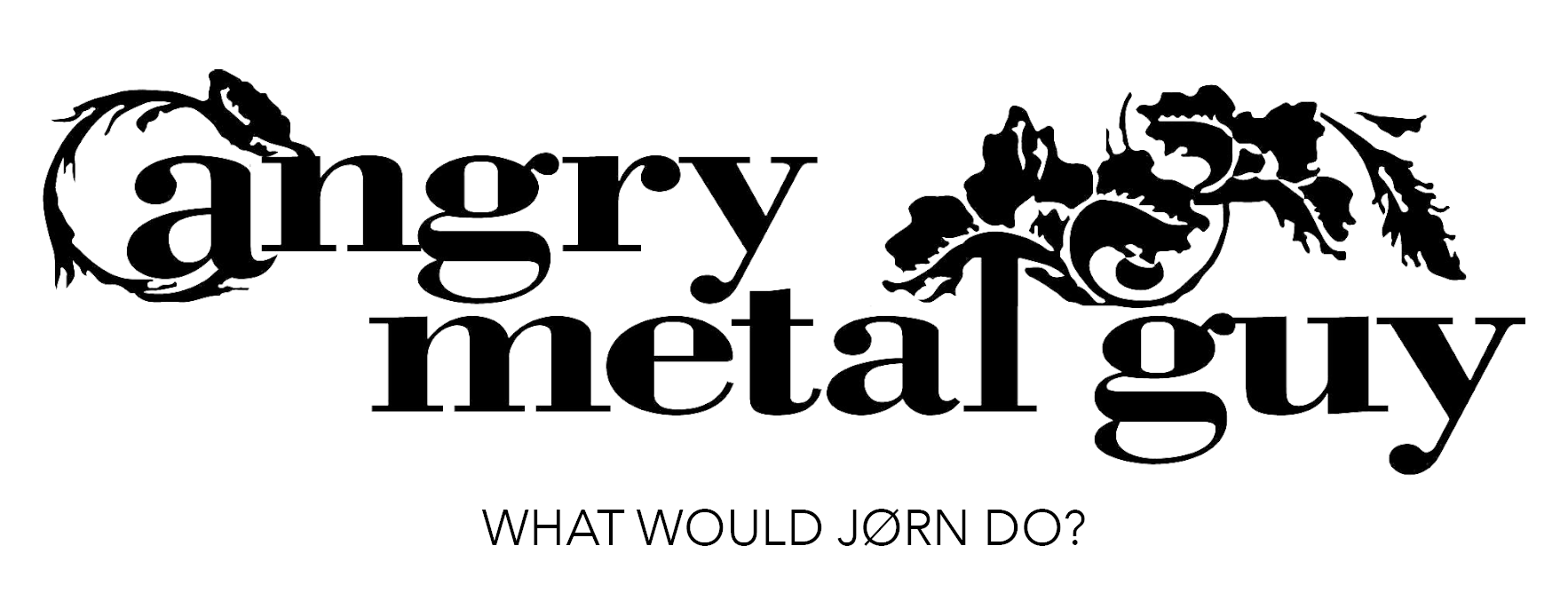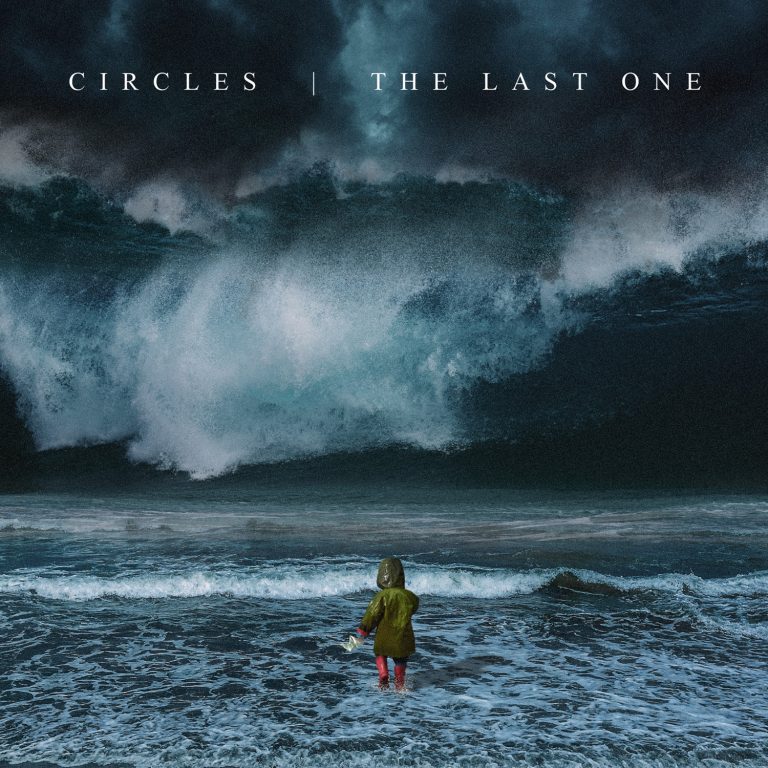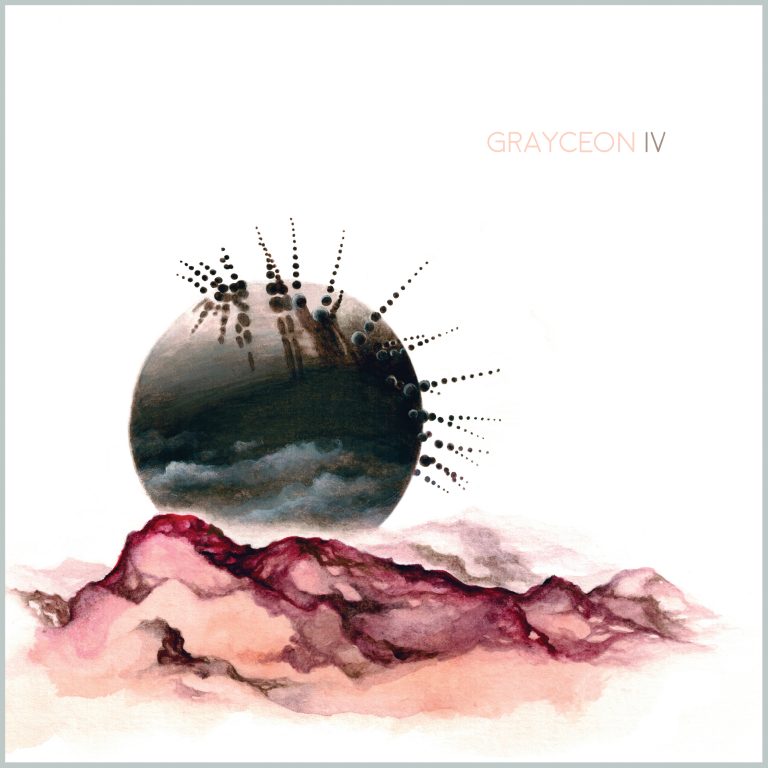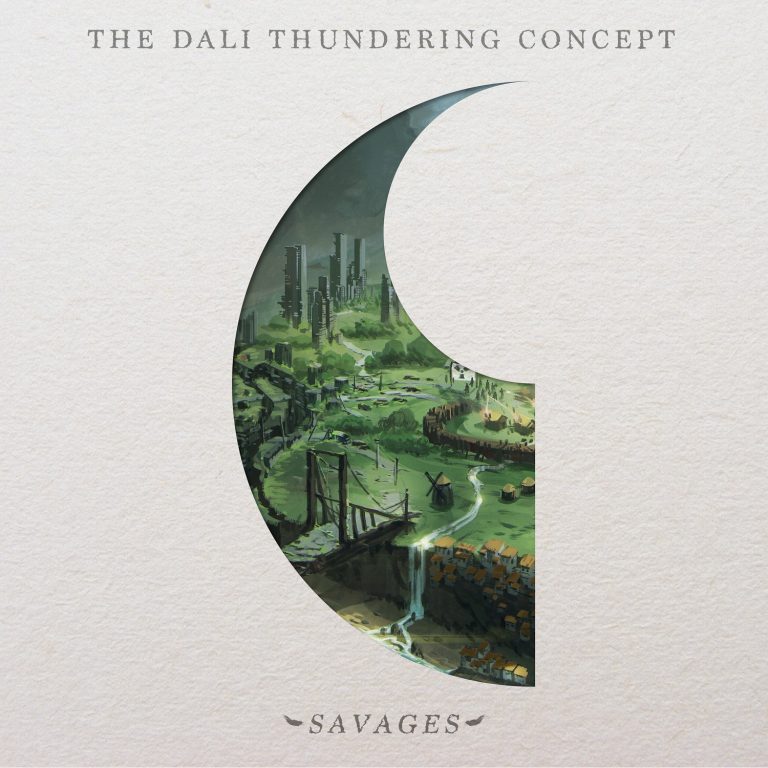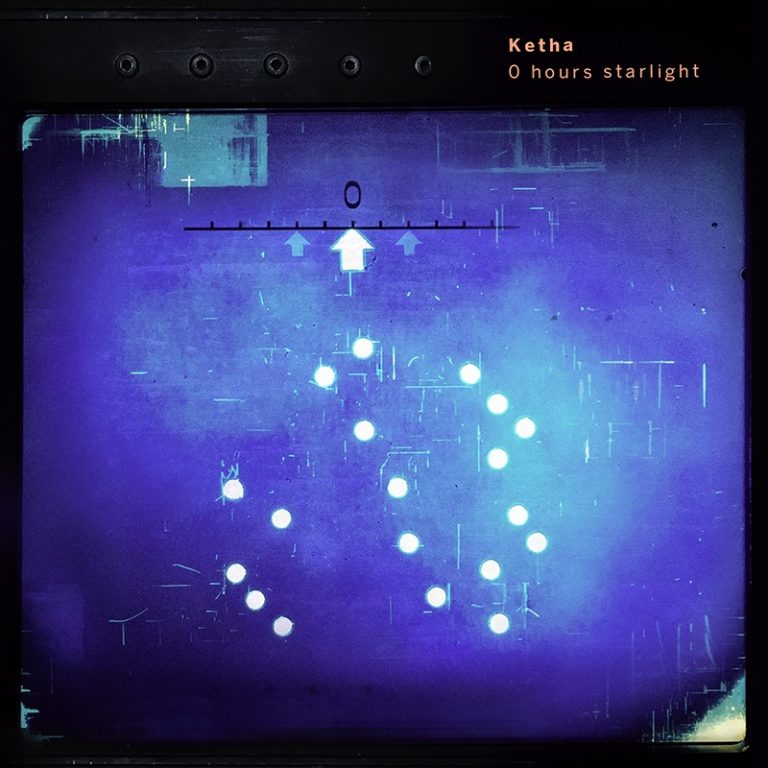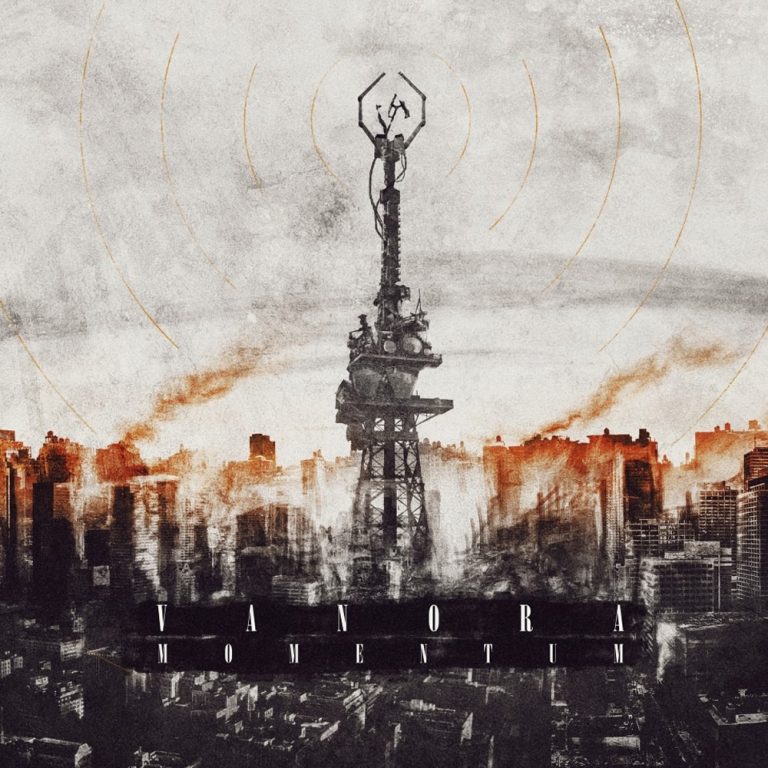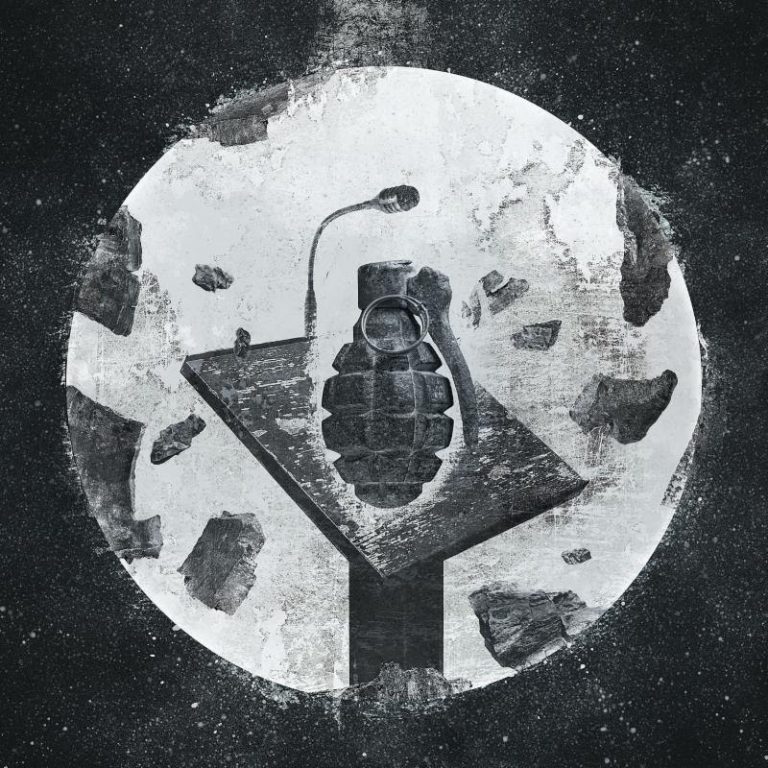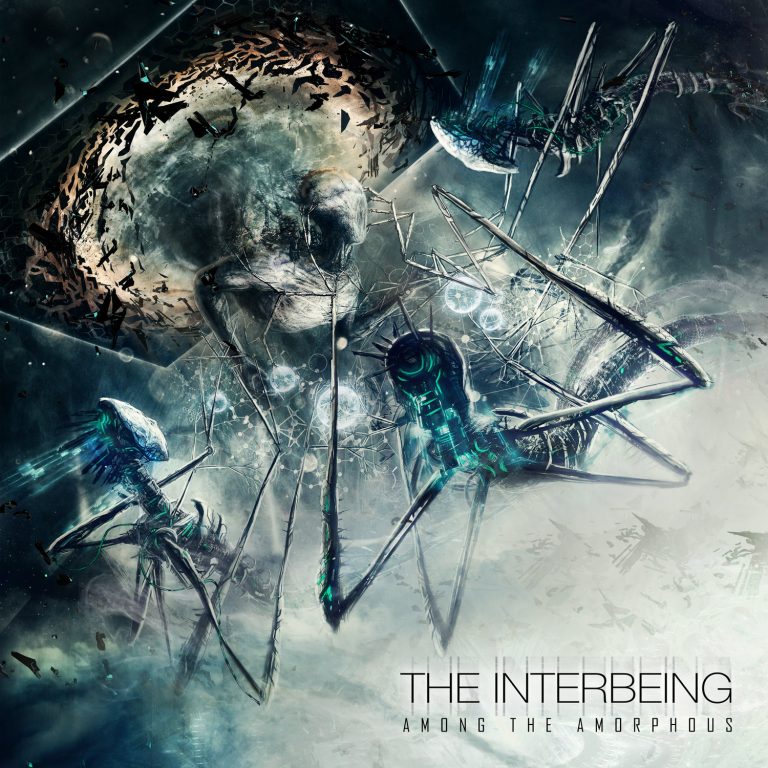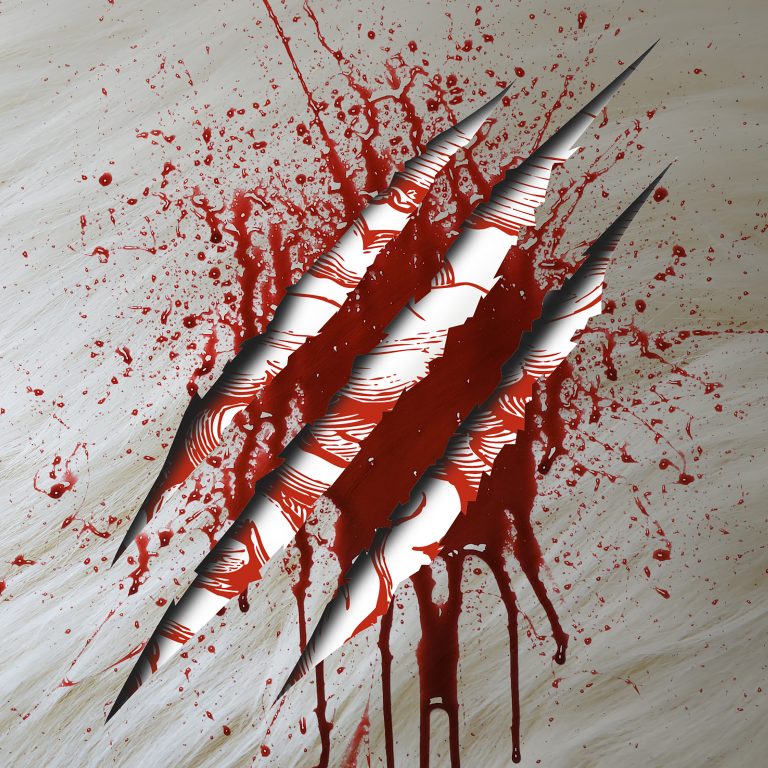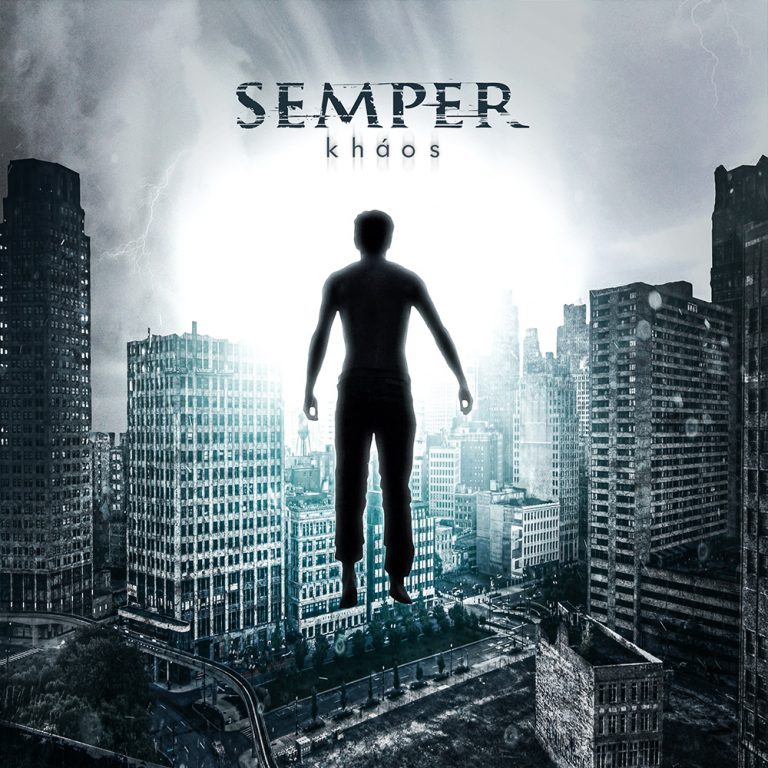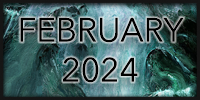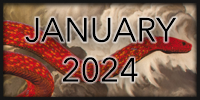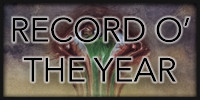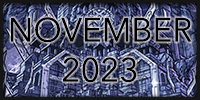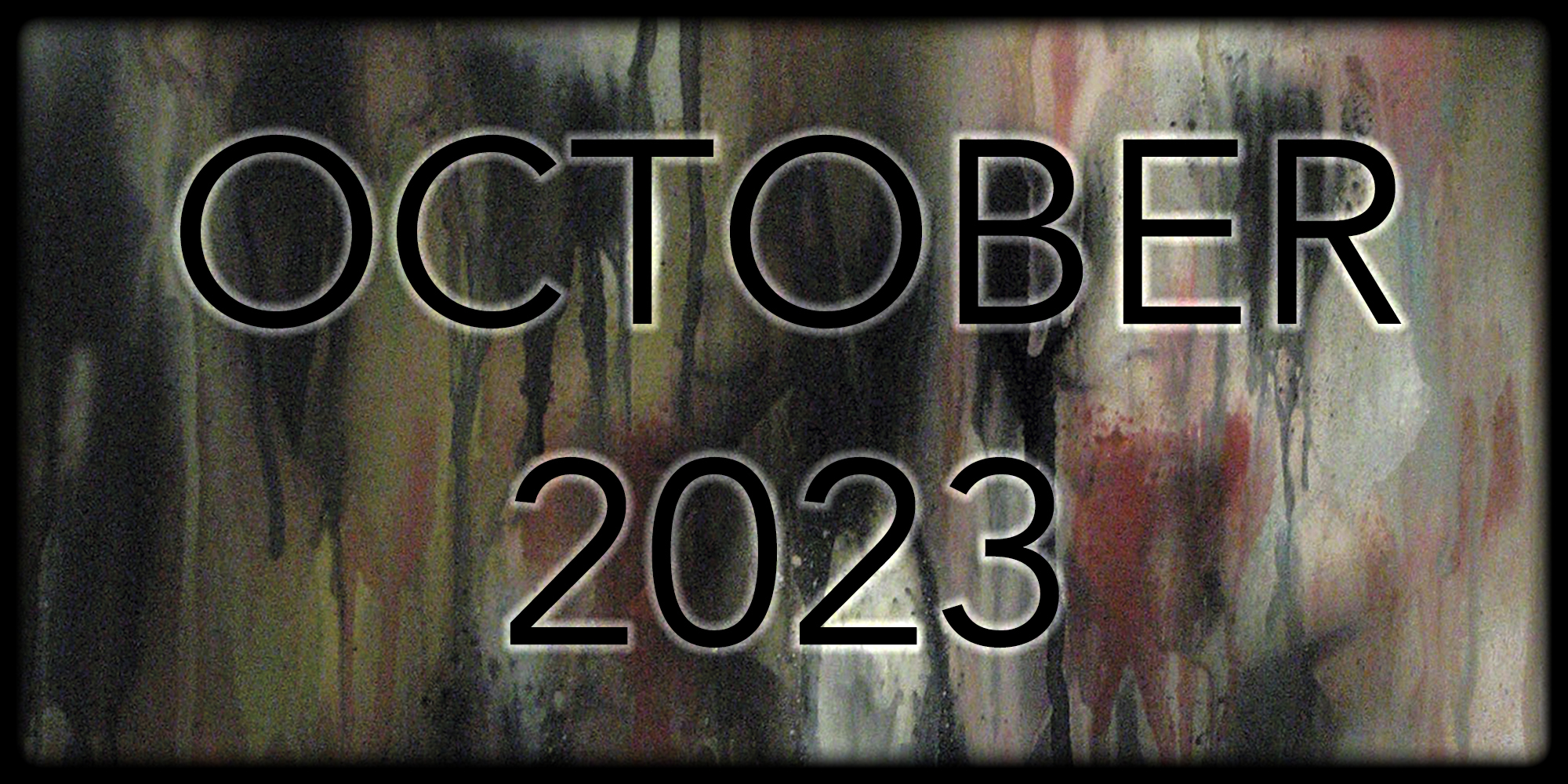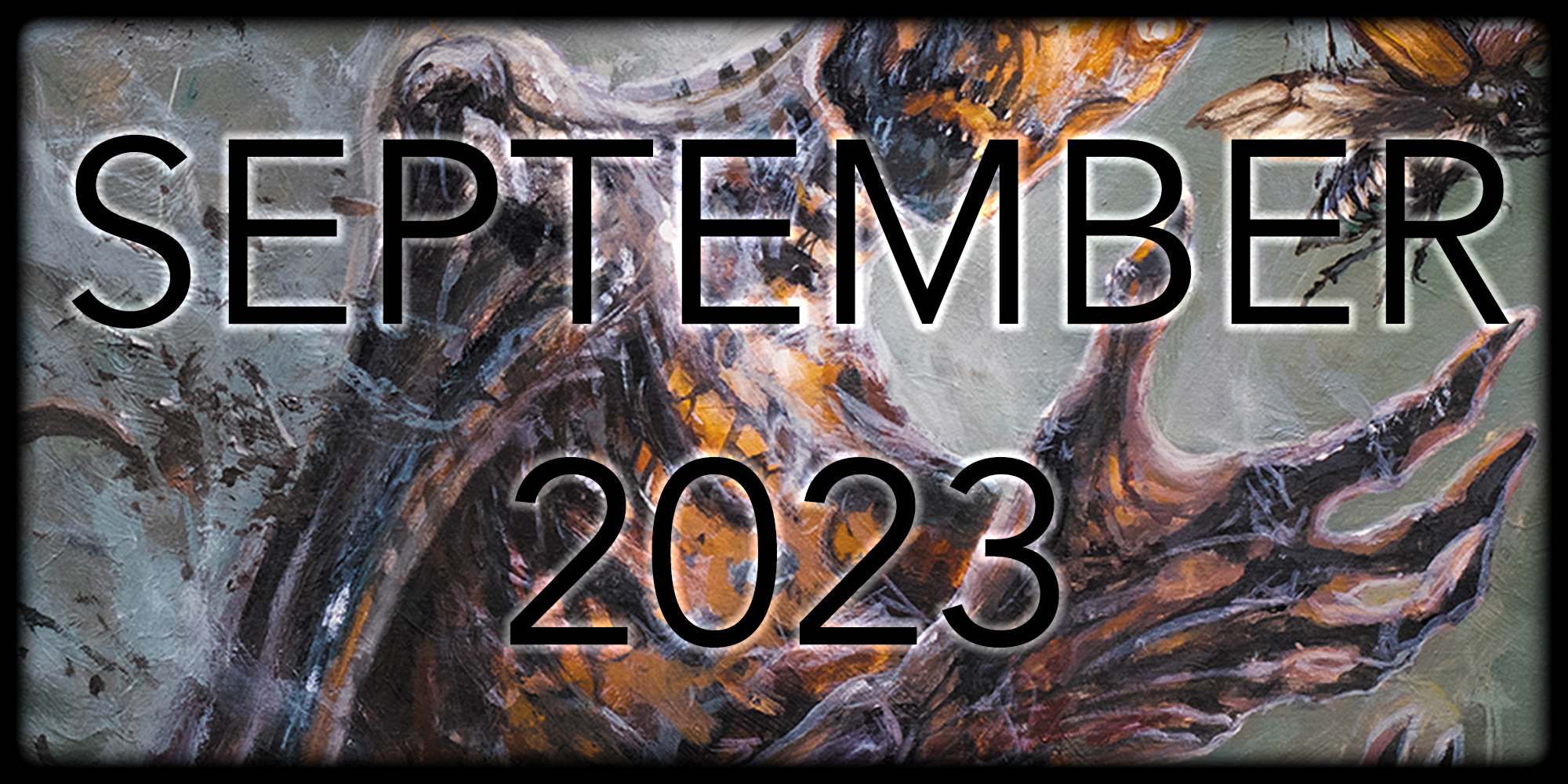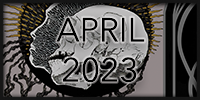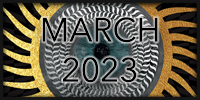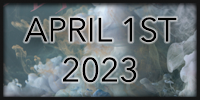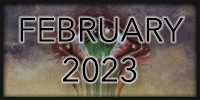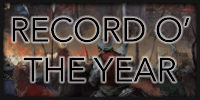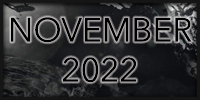“Circles’ textured approach to prog metal recalls the moodiness and energy of Fates Warning within the context of a post-djent landscape where six-string guitars and straight rhythms are seen as passé. Yet success stirs in their artful and sensitive exploration of space, whether they’re marching through angular hardcore, tip-toeing across delicate electronics, or bobbing in subtle waves. Like many modern, progressive-leaning rock/metal bands, they bring elements of Periphery-worship on their journey but deploy them so intelligently that at times The Last One becomes greater than its individual components.” Always sphere for you.
Djent
Piqaia – Artifact Review
“Over the past few years, Copenhagen’s most gruesome residents have established one of the world’s most fetid death metal breeding grounds, with acts like Phrenelith, Undergang, and Taphos garnering global attention. But with one look at the album art — say nothing of the band photo — you’ll recognize that we’re not going to hear from that ilk today. Instead, Piqia forces us to consider the lighter side of the city’s metal scene.” Pastels and prog.
Grayceon – IV Review
“Upon seeing that the new album by Grayceon was available, a band made up from former members of Giant Squid, Amber Asylum and Squalus, I decided to dip my toes back into neglected waters. Time to discover if good things come to those who wait.” Several more shades of Gray.
The Dali Thundering Concept – Savages Review
“First of all, that’s a pretty cool name. The Dali Thundering Concept. Cool enough that it made me spend a couple of hours on the InterGoogle in an effort to discern its origins, but to no avail. Oh well. Here’s what I like about this French band: their music is a mish-mash of styles, including prog, deathcore, djent, and jazz. Aside from the –coreness, I’m up for it.” Loud Dali or no Dali at all!
Ketha – Zero Hours Starlight Review
“It takes something else to make music that, even if it has obvious roots, seems to have been produced entirely out of these normal cycles. Such was the case with #!%16.7, the last release from Krakow’s oddball djent group Ketha. It had everything you’d never expect; grind-length grooves, a horn section, and even that Casio patch that’s just a dude grunting. Zero Hours Starlight is a wholly more conventional effort, but it still refuses easy categorization.” There’s a mole in my pigeonhole!
Vanora – Momentum Review
“Norway. A country home to a beautiful language, gorgeous fjords, and hideous metal. While most, including me, associate the country with black metal, there are other brands attempting to make their mark, including this offering, Vanora. Playing a mixture of djent and more traditional progressive metal that feels distinctly of the current trends in metal, Vanora’s debut Momentum claims to promise sharp riffage, a nice mixture of singing and growling, and big, heady synth lines. Wait, what?” Putting the prog in Norway?
Cripper – Follow Me: Kill! Review
“Kill! is most largely occupied by thrash influences but splices in death growls, hardcore sneers and the occasional slower, dirgier riff. The staccato style of djent also features, particularly in the introductory riffs to a number of tracks. The two bands I hear most are Kreator and Meshuggah, rendering it established in the modern day but definitely facing backwards.” Crippers and blood.
The Interbeing – Among The Amorphous Review
“How about a group of Danes playing a core influenced brand of djent that flails at Meshuggah on the verses and Fear Factory on the choruses?” Djent you hear?
Bear – /// Review
“While I’m quite comfortable in the realm of technical death metal, the whole European tech-metal/djent boom around 2010 never really made sense to me. Where did all of these bands come from, and why did so many sound like even shittier versions of Periphery? Regardless of the source, I can intuit from the number of stupidly named festivals that the continental metalheads keep holding that tech metal — without the death — is pretty popular somewhere.” The claws are out.
Semper – Kháos Review
“Repeat after me: Djent is not a dirty word. It certainly appears that way with the general consensus in the metal community of the often maligned offshoot sub-genre of progressive metal. The potential is definitely there for bands to take the basic template of the djent formula and manipulate the components in a myriad of interesting and innovative ways, yet the quality bands able to do this effectively appear few and far between.” Semper fi, or semper die, there is no semper try.
